Music of Peru, Peru, a country whose cultural tapestry is woven with threads of history, tradition, and diversity, boasts a musical heritage as vibrant and varied as its geography. From the high peaks of the Andes to the coastal plains and the dense Amazon rainforest, Peru’s music resonates with a unique blend of indigenous, African, and European influences. In this exploration, we embark on a journey through the diverse sounds that make up the symphony of Peruvian music.
Traditional Roots and Indigenous Melodies:
At the heart of Peruvian music lies a profound connection to its indigenous roots. The Andean region, home to ancient civilizations like the Inca Empire, has gifted Peru with a rich musical tradition. Traditional Andean instruments, such as the quena (flute), charango (small guitar), and sikuri (panpipes), echo the sounds of the high-altitude landscapes, where indigenous communities have expressed their stories, struggles, and celebrations through music for centuries.
One of the most emblematic genres of Andean music is Huayno. This folkloric genre features distinctive rhythms and melodies, often accompanied by colorful traditional attire and intricate dance forms. Through the weaving of indigenous languages and musical motifs, Huayno encapsulates the spirit of the Andean people and serves as a sonic vessel for cultural preservation.
Coastal Influences: Criollo and Marinera
As we journey down from the Andes to the coastal regions, we encounter the vibrant rhythms of criollo and marinera. Criollo, a genre that originated in the Afro-Peruvian communities along the coast, carries the legacy of African percussion and Spanish melodies. Its soulful expressions, often accompanied by instruments like the cajón (wooden box drum) and the guitar, create a captivating blend that reflects the cultural diversity of coastal Peru.
Marinera, Peru’s national dance, further embodies the fusion of indigenous, African, and Spanish influences. Its elegant choreography and lively music narrate stories of courtship and love, with the dancers adorned in colorful costumes that pay homage to Peru’s multicultural history. The marinera showcases the country’s ability to intertwine diverse cultural elements into a harmonious and visually stunning art form.
Afro-Peruvian Rhythms: Festejo and Landó
The African diaspora has left an indelible mark on Peru’s music, especially in the coastal regions. Festejo and Landó are two Afro-Peruvian genres that encapsulate the resilience, creativity, and vivacity of the Afro-Peruvian community. Festejo, characterized by its lively and syncopated rhythms, often features call-and-response vocals and intricate percussion patterns that celebrate life and community.
On the other hand, Landó, with its slower tempo and deeply emotive melodies, reflects the more contemplative aspects of Afro-Peruvian culture. Rooted in the history of slavery and the Afro-Peruvian experience, Landó serves as a powerful expression of resilience and cultural pride. Instruments like the cajita (small box) and the quijada (jawbone) contribute to the unique sonic palette of Afro-Peruvian music.
Amazonian Rhythms and Indigenous Voices:
Venturing into the Amazon rainforest, the sounds of traditional Amazonian music come to the forefront. Here, indigenous communities express their deep connection to nature through music that incorporates the rhythms of the jungle and the chants inspired by the spirits of the forest. Instruments like the harp, drums, and the chonta (bamboo percussion) are used to create a sonic landscape that mirrors the biodiversity of the Amazon.
Cumbia Amazónica, a genre that emerged from the fusion of traditional Amazonian music with Afro-Peruvian and Colombian influences, reflects the region’s dynamic cultural exchange. The accordion, a key instrument in Cumbia Amazónica, adds a lively and danceable element to the genre, making it a popular choice for celebrations and festivals throughout the Amazon basin.
Contemporary Fusion: Electro-Cumbia and Chicha:
As Peru’s musical landscape continues to evolve, contemporary genres like Electro-Cumbia and Chicha have emerged, showcasing the country’s openness to musical experimentation. Electro-Cumbia infuses traditional Cumbia with electronic elements, creating a modern and danceable fusion that resonates in urban settings. This genre has gained popularity not only in Peru but also on international dance floors.
Chicha, another contemporary genre, blends traditional Andean melodies with elements of rock, surf, and psychedelic music. Emerging in the 1960s and 1970s, Chicha carries a rebellious spirit, challenging musical boundaries and social norms. The electric guitar and synthesizers are prominent in Chicha, giving it a distinctive and energetic sound that reflects the fusion of urban and rural influences.
Global Recognition and Influence:
Peruvian music, with its deep cultural roots and diverse expressions, has gained recognition on the global stage. Artists like Susana Baca, an Afro-Peruvian singer and Grammy Award winner, have played pivotal roles in bringing Afro-Peruvian music to international audiences. Moreover, the infectious rhythms of Cumbia and the experimental sounds of Chicha have found their way into the playlists of music enthusiasts worldwide.
The fusion of traditional and contemporary elements in Peruvian music not only preserves cultural heritage but also invites a global audience to participate in the country’s musical narrative. Festivals like the International Jazz Festival of Lima and the Festival of Huaylarsh in Huancayo provide platforms for both local and international artists to celebrate Peru’s musical diversity.
Preservation Challenges and Cultural Revitalization:
While Peruvian music continues to captivate audiences globally, there are challenges associated with cultural preservation. The rapid pace of urbanization, globalization, and the influence of mainstream music can pose threats to traditional genres. Efforts are underway to address these challenges through initiatives that promote cultural education, support local musicians, and create spaces for the transmission of traditional knowledge to younger generations.
Conclusion:
In the rich tapestry of Peruvian music, we find a melodic reflection of the country’s history, geography, and cultural diversity. From the heights of the Andes to the rhythms of the coast and the beats of the Amazon, Peru’s music is a living testament to the resilience, creativity, and interconnectedness of its people. As we explore the diverse genres and regional nuances, it becomes clear that Peruvian music is not just a sonic experience; it is a vibrant expression of the nation’s soul, inviting listeners to dance to the rhythm of its cultural heartbeat.
Famous Artists:
Peru has produced a wealth of celebrated musicians and artists who have left an indelible mark on the world of music. Some of the most famous Peruvian musicians and artists include:
- Yma Sumac: Yma Sumac, often referred to as the “Peruvian Songbird,” was a soprano known for her extraordinary vocal range and exotic musical style. She achieved international fame with her unique blend of indigenous and operatic sounds.
- Los Morochucos: Los Morochucos were an influential folk music group known for their contributions to the popularization of Andean huayno music.
- Eva Ayllón: Eva Ayllón is an acclaimed singer and composer celebrated for her performances of traditional Peruvian music, particularly landó and festejo.
- Susana Baca: Susana Baca is a prominent Afro-Peruvian artist who has brought global recognition to the rich musical traditions of Peru’s Afro-descendant communities.
- Manuel Donayre: Manuel Donayre was a respected huayno singer known for his passionate interpretations of Andean music.
- Juan Diego Flórez: Juan Diego Flórez is an internationally renowned tenor with a repertoire that includes opera, zarzuela, and Peruvian music.


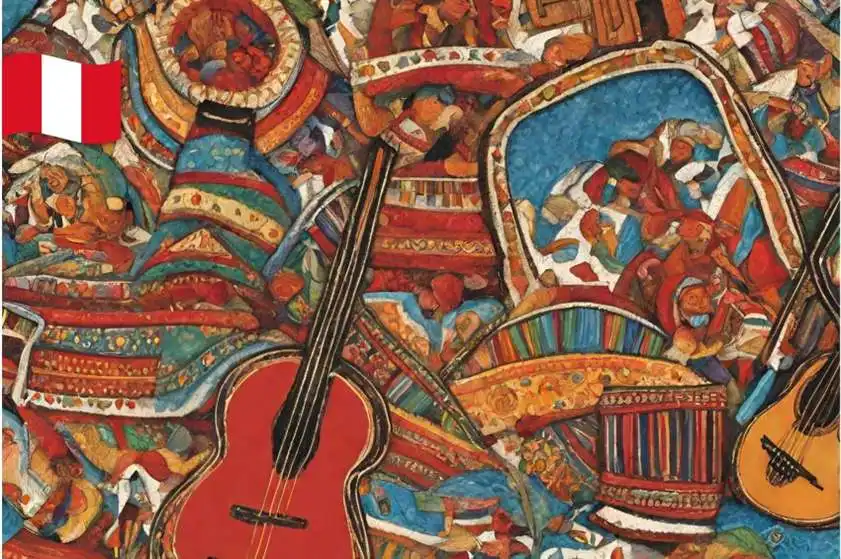
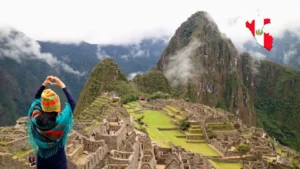
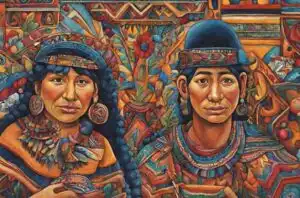
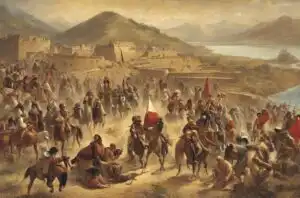


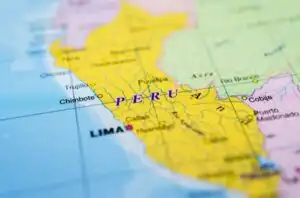
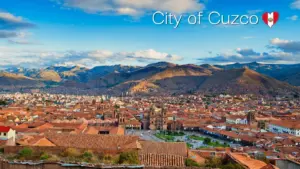
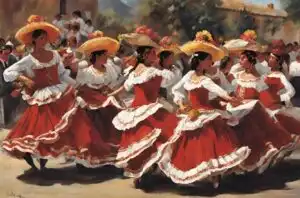

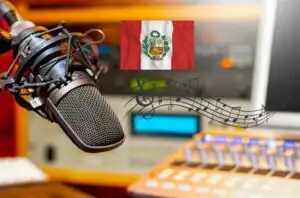




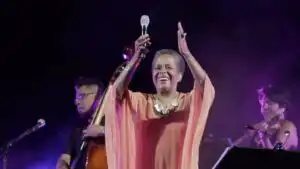
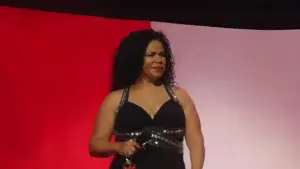



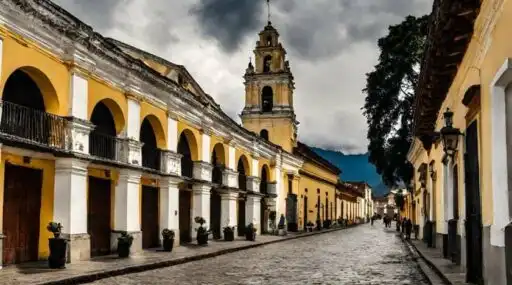



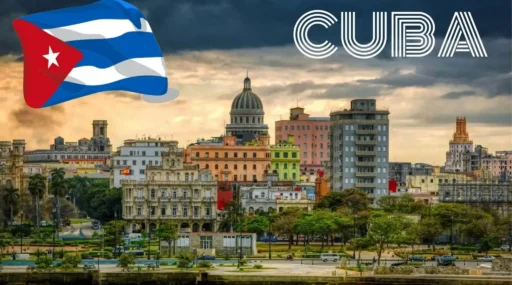

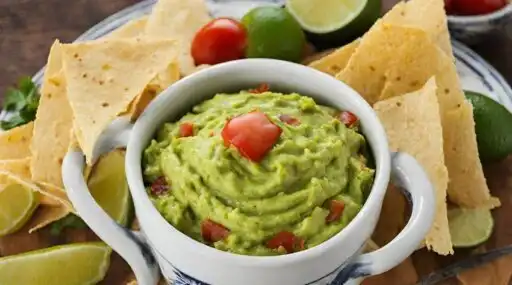



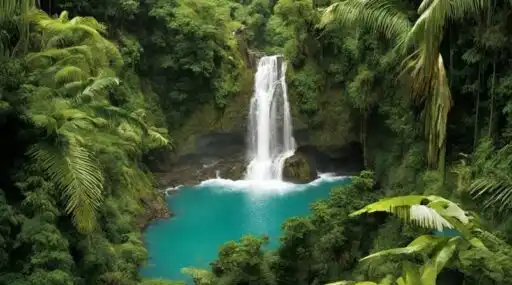
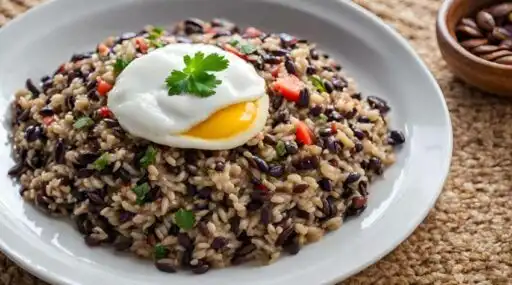
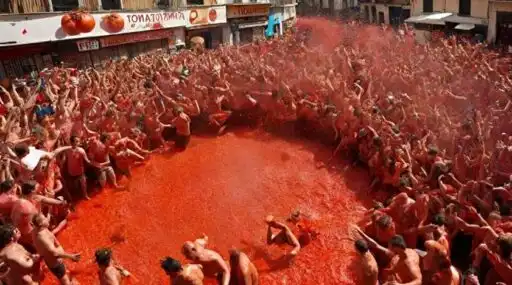
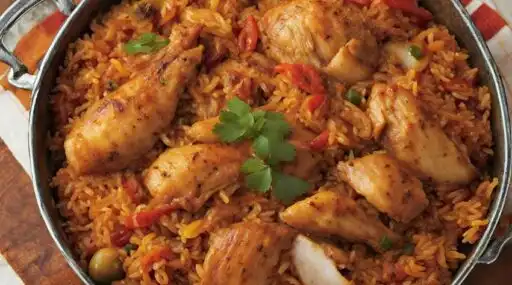
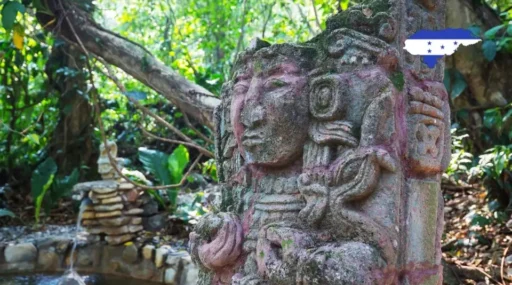
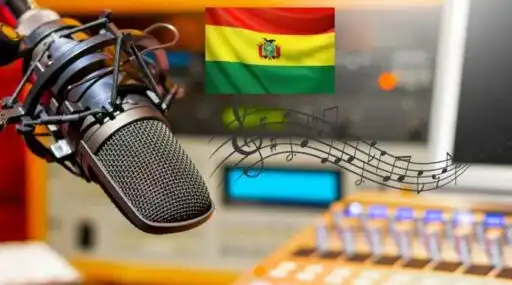
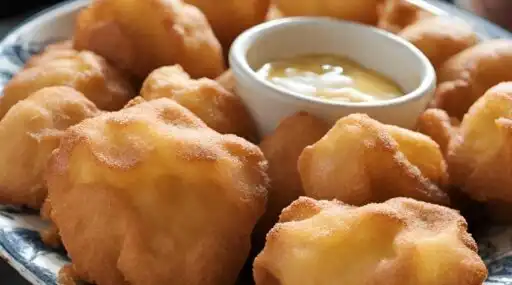

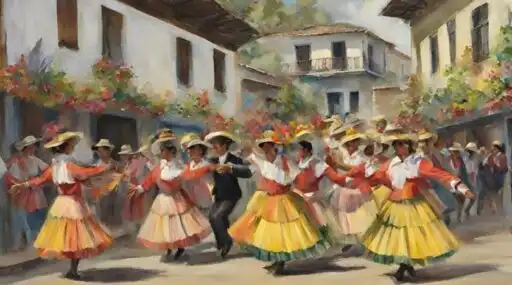
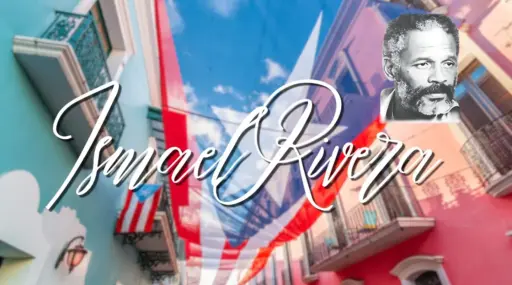

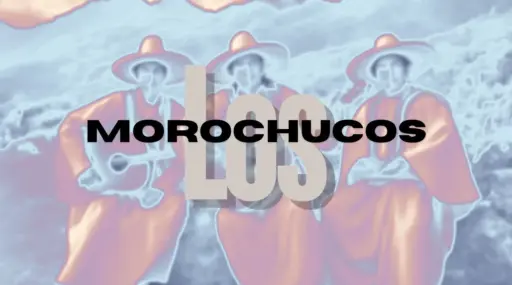
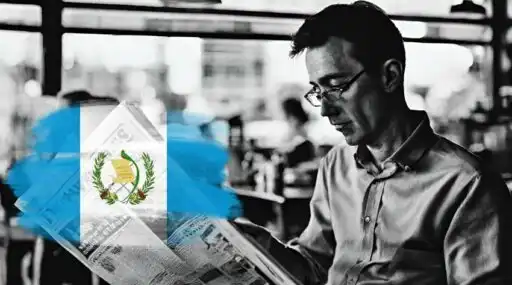
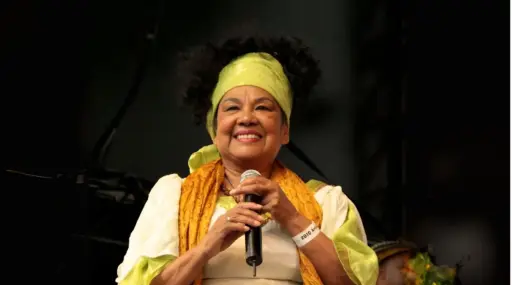
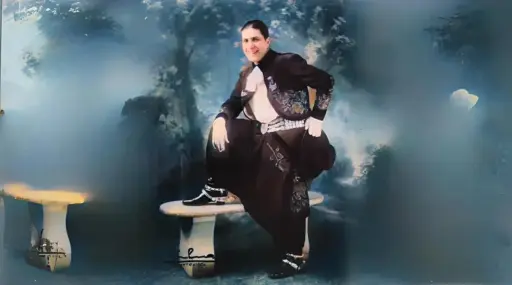
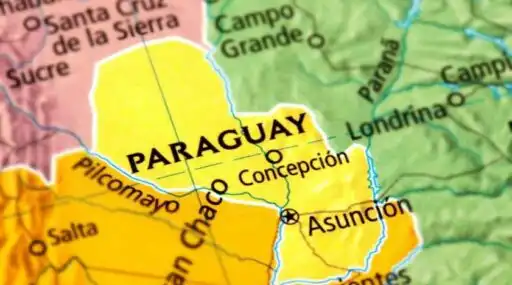
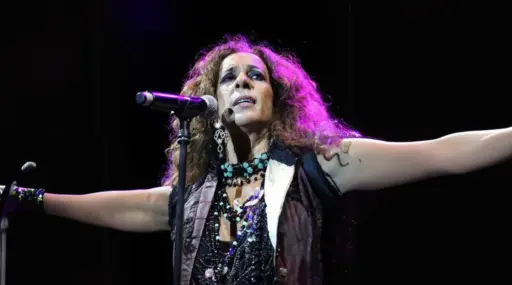
Leave a Reply